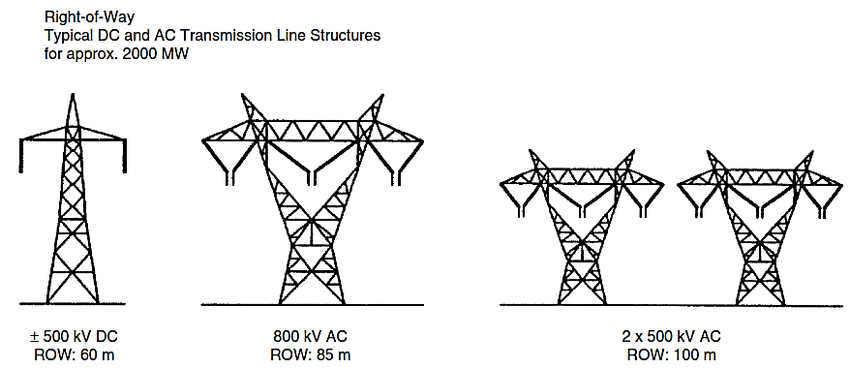
About COSPACT
Nordic and Baltic power systems are in the crossroad and moving towards extensive allocation of non-synchronously connected renewable generation, e.g., offshore and onshore wind, and solar. It is seen that…
Nordic and Baltic power systems are in the crossroad and moving towards extensive allocation of non-synchronously connected renewable generation, e.g., offshore and onshore wind, and solar. It is seen that this fundamental change to the Green system will influence the future power system operation, including stability, control and protection, and therefore adequate research and cooperation in the region is required. These two systems are currently quite well interconnected through HVDC connections and significant energy flows from one region to another exist. It is seen that this energy exchange will increase in the future due to market developments, changes in generation mix and Baltic power system de-synchronization from the Russian power system. All these aspects have significant influence on how the future systems are maintained and operated to guarantee reliable power exchange and security of supply.

In view of this the Nordic and Baltic universities involved in power system research see a need to develop, facilitate and create a framework for collaboration and cooperation including also members from industry and utilities in the Nordic and Baltic regions. The objective of this project is to form a Nordic-Baltic cooperation and simulation platform for information exchange and system analysis and provide mobility support for perspective MSc and PhD students, and researchers to increase the knowledge on future power system development and control. The results of the project will be beneficial to researchers, utility and industry engineers, for management persons and for policy makers.
The topics covered in the project, but not limited to, are related to transmission system expansion planning, flexible operation of grid-connected micro grids using energy storage option, wide-area control and protection possibilities, real-time modelling and control, system island operation, system synchronization, cyber-physical energy systems, power system stability, integration of wind energy resources, an information exchange platform for enabling ancillary services from distributed energy resources, advanced visualization of voltage stability limit and system protection based on the real-time measurement and data-driven methods for real-time voltage stability assessment.

